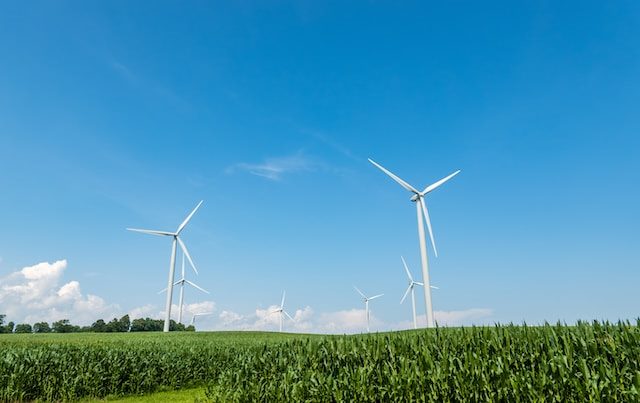
Donegal, located on the beautiful northwest coast of Ireland, is not only known for its stunning landscapes and rich cultural heritage but also for its growing number of turbines. These tall structures, also known as wind turbines, have become a prominent feature of the Donegal skyline, harnessing the power of wind to generate clean and renewable energy.
Why are Turbines Important?
Turbines play a crucial role in the global shift towards sustainable energy sources. As the world seeks to reduce its reliance on fossil fuels, renewable energy sources like wind power are gaining popularity. Turbines convert the kinetic energy from the wind into electricity, providing a clean alternative to traditional energy generation methods.
The Benefits of Turbines
1. Renewable Energy: Wind turbines generate electricity without burning fossil fuels, reducing greenhouse gas emissions and contributing to a cleaner environment.
2. Cost-Effective: Once installed, wind turbines produce electricity at a relatively low cost, offering long-term savings for homes, businesses, and communities.
3. Job Creation: The wind energy industry creates employment opportunities in manufacturing, installation, maintenance, and operations.
4. Local Community Benefits: Revenue generated from wind farms can be reinvested in the local community, supporting education, healthcare, and infrastructure development.
5. Energy Independence: Harnessing wind power reduces dependence on imported fossil fuels, enhancing energy security at regional and national levels.
The Process of Generating Electricity
Wind turbines consist of several key components that work together to generate electricity. Here’s a simplified breakdown:
- Wind: As the wind blows, it causes the rotor blades of the turbine to rotate.
- Blades and Rotor: The spinning blades capture the kinetic energy from the wind, transferring it to the rotor.
- Shaft and Gearbox: The rotor is connected to a shaft, which transfers the rotation to a gearbox. The gearbox increases the rotational speed.
- Generator: The high-speed shaft is connected to a generator, which converts the rotational motion into electricity.
- Power Grid: The electricity generated by the turbine is transmitted to the power grid and distributed to homes and businesses.
The Growth of Wind Energy in Donegal
Donegal’s favorable geographical location, characterized by strong and consistent winds, makes it an ideal location for wind energy projects. The county has witnessed significant growth in wind farm developments in recent years.
According to statistics from the Sustainable Energy Authority of Ireland (SEAI), Donegal accounted for nearly 30% of Ireland’s total wind energy capacity in 2020.
Wind Farms in Donegal
There are several wind farm projects in Donegal, contributing to the county’s clean energy production:
- Meentycat Wind Farm: Located near Ardara, Meentycat Wind Farm has a capacity of 95 MW and provides clean energy for approximately 64,000 homes annually.
- Donegal Wind Farms: Owned by Statkraft, the majority of Donegal Wind Farms are located in the Barnesmore area, generating renewable electricity for over 140,000 homes.
- Drumnahough Wind Farm: Situated in the Donegal Mountains, Drumnahough Wind Farm has a capacity of 38.5 MW and helps reduce CO2 emissions by approximately 55,000 tonnes annually.
Conclusion
Wind turbines in Donegal are a symbol of the county’s commitment to sustainability and renewable energy. By harnessing the power of wind, these turbines contribute to a cleaner environment, economic growth, and energy independence. With ongoing developments and advancements in wind energy technology, the future looks promising as Donegal continues to play its part in reducing carbon emissions and embracing a more sustainable future.
